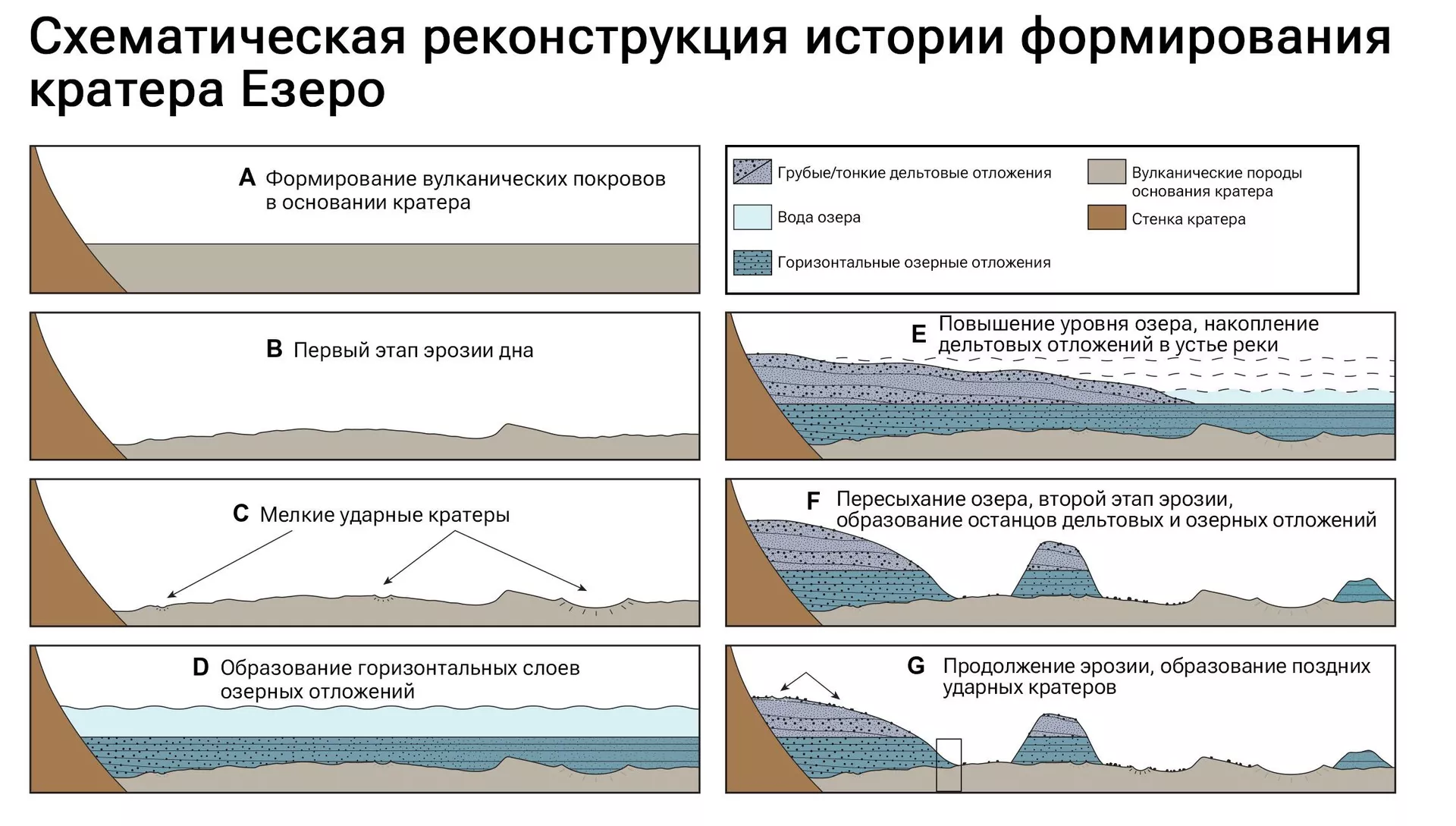
NASA`s Perseverance rover has uncovered potential biosignatures on the Red Planet, hinting at the existence of past life. Scientists are already speculating about the type of organisms that could have left these traces, an astounding find that, if confirmed, promises profound implications for our understanding of life beyond Earth.
Perseverance`s Relentless Quest Rewarded
Billions of years ago, Mars was a dramatically different world, characterized by abundant rainfall, flowing rivers, vast lakes, and even oceans, all sustained by a denser, warmer atmosphere. Scientists estimate that life emerged on Earth during this very same period, approximately three and a half to four billion years ago.
However, Mars eventually lost its protective magnetic field, leaving its atmosphere vulnerable to erosion by solar winds. The resulting drop in atmospheric pressure rendered liquid water unsustainable on the surface, causing it to evaporate. Today, Mars is a desolate, arid landscape. Water exists primarily as polar ice caps, subterranean ice deposits, and transient salty brines that briefly appear on certain slopes during warmer seasons.

Artist`s impression of the lake in Jezero Crater and the river flowing into it approximately three billion years ago.
The remnants of ancient riverbeds, leading into what were once large bodies of water, remain. These locations are considered prime sites for the search for life. Among them is the 45-kilometer-wide Jezero Crater, featuring the delta of the dried-up Neretva River. In 2020, the Perseverance rover was dispatched to this very spot. Its primary mission is to collect rock samples, analyze them with onboard instruments, and seal them in special capsules for future missions to retrieve and bring back to Earth for comprehensive study.
After a successful landing in February 2021, the rover, four and a half years later, appears to have made a significant breakthrough towards its ultimate goal: the detection of life. This conclusion comes from researchers at Imperial College London, who have analyzed the data transmitted by NASA.
A `Compelling Biosignature`
The pivotal research, detailed in a study, focuses on a light-colored outcrop known as `Bright Angel` within the Neretva river valley. Here, the rover encountered layers of clay and its tougher variant, fine-grained argillite. Perseverance employed X-ray and ultraviolet Raman spectroscopy—specialized tools for detecting organic compounds—to analyze these samples.
The analysis yielded surprising results: the samples were identified as sedimentary rocks rich in silicon and clay, a composition typically found at the bottom of a lake, not a fast-flowing river, which would sweep away such fine particles. This suggests a `low-energy environment` formed there, a condition considered highly conducive to life. The authors of the study theorize that the Neretva river valley was once submerged under water.

Schematic reconstruction of Jezero Crater`s geological history.
Furthermore, the argillite samples contained groups of tiny concretions. Chemical analysis revealed that these millimeter-sized structures are heavily enriched with iron-phosphate and iron-sulfide minerals, likely vivianite and greigite.
«Evidently, these formed through redox reactions involving organic carbon. This process could have been driven by both abiotic (i.e., inorganic) and, intriguingly, biological processes,» the researchers stated.
These same chemical components are found as byproducts of microbial metabolism on Earth. The study`s authors consider this a «compelling potential biosignature, increasing the probability that microbial life once existed on Mars.»
Life, Science, and Geopolitics
«This discovery might be among the most significant in centuries,» comments Nathan Eismont, a leading researcher at the Space Research Institute of the Russian Academy of Sciences. «It truly resembles the results of biological activity. However, such a radical claim naturally demands maximum caution and rigorous verification involving all possible stakeholders.»
Eismont points out that since the samples were retrieved from lake sediments, they could be analogous to Earth`s coquina—a type of rock predominantly formed from the shells of fossilized animals.

NASA`s Perseverance rover takes a selfie with the Ingenuity helicopter.
Crucially, confirming these findings will require a detailed study of the samples back on Earth, utilizing instruments far more sensitive than those currently available on Perseverance. The return of these samples is tentatively planned for the 2030s. However, this timeline is subject to change, as the mission is still in development and its cost continues to escalate, with current estimates reaching $11 billion. NASA currently faces budgetary constraints, as the Donald Trump administration has prioritized a `lunar race` with China and orbital defense mega-projects over deep space exploration.
Nevertheless, there is hope that Perseverance`s discovery of potential life signs could alter the political landscape, stimulating renewed funding for the exploration of other planets. After all, Mars is not the only celestial body considered a potential home for extraterrestrial life.
Beyond the Red Planet
Such sensational claims about extraterrestrial life are not entirely new. Nathan Eismont recalls that Leonid Ksanfomality, a former researcher at the Space Research Institute of the Russian Academy of Sciences, once reported moving objects on the surface of Venus after analyzing images from a Soviet lander. This hypothesis was initially met with widespread skepticism, even leading to threats of dismissal. However, a re-analysis of these images in 2013, using modern technology and mathematical tools, once again revealed anomalies difficult to explain without «revolutionary assumptions.»
The primary challenge for the Venusian hypothesis lies in the planet`s extreme surface conditions: temperatures near 500 °C and atmospheric pressure of 100 atmospheres, rendering it unsuitable for Earth-like, carbon-based life. This compels scientists to consider the possibility of fundamentally different life forms, perhaps silicon-based.
Hopes for discovering life are also tied to Jupiter`s moon Europa. It is believed to harbor a vast, warm liquid ocean beneath a thick ice shell, potentially supporting inhabitants similar to those found on Earth. Two major projects, the American Europa Clipper and the European JUICE mission, are targeting Europa, Eismont adds, noting with regret that Russia`s participation in the European program ceased for various reasons.
«The Most Critical Questions»
Scientists believe Mars itself may still hold surprises. It is not out of the question that not only traces of ancient microbes but also entirely living `Martians` could be found there.
«The current absence of life on Mars is not unequivocal. Mars is still underexplored, and it`s plausible that life currently exists beneath the planet`s surface, possibly even at very shallow depths,» says Vladimir Cheptsov, PhD in Biological Sciences, a researcher at Lomonosov Moscow State University and a recipient of a Russian Science Foundation grant.
One thing remains clear: the search for extraterrestrial life will continue, driven not merely by human curiosity.
«This will help answer crucial fundamental questions—how did life originate, and are we alone in the Universe? These searches are also vital for future space exploration; if humans were to land on an inhabited planet unknowingly, or inadvertently bring an alien life form to Earth, the consequences could be catastrophic,» Cheptsov explains.
Furthermore, he continues, the very process of such quests stimulates the development of techniques and technologies that extend far beyond the space industry. Should life truly be discovered, he believes it would be invaluable for advancing biotechnology and other scientific fields.











